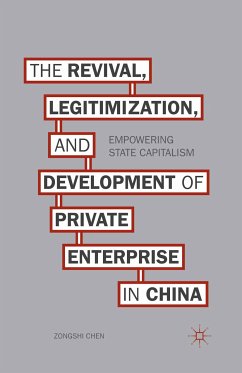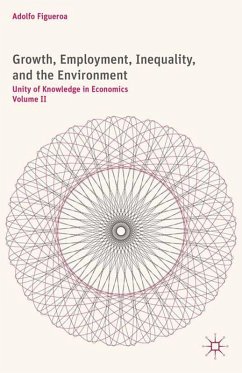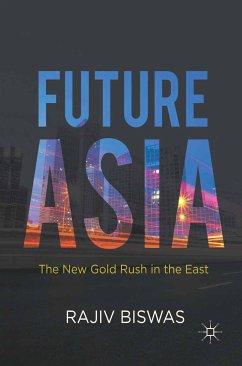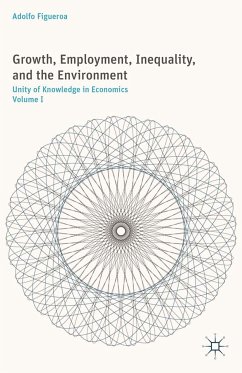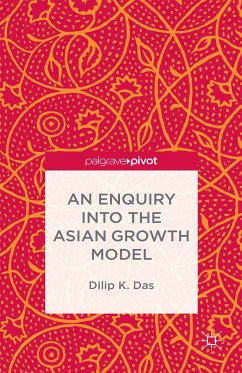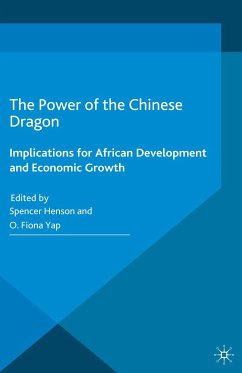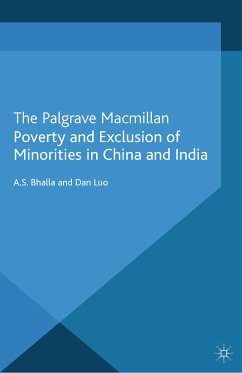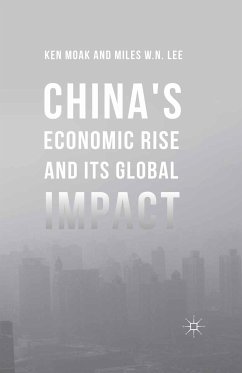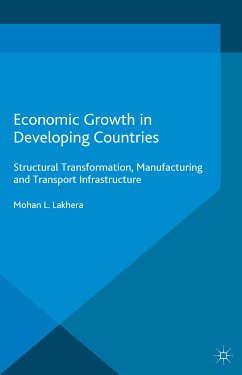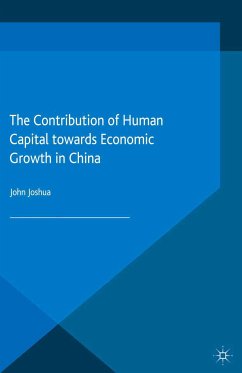
The Contribution of Human Capital towards Economic Growth in China (eBook, PDF)
Versandkostenfrei!
Sofort per Download lieferbar
72,95 €
inkl. MwSt.
Weitere Ausgaben:

PAYBACK Punkte
36 °P sammeln!
This book develops a human capital model to explain transformational growth within different stages of economic development, which will induce technological changes and consequently will require a change in human capital. China is a case study in transition and can provide useful lessons to other emerging economies.
Dieser Download kann aus rechtlichen Gründen nur mit Rechnungsadresse in A, B, BG, CY, CZ, D, DK, EW, E, FIN, F, GR, HR, H, IRL, I, LT, L, LR, M, NL, PL, P, R, S, SLO, SK ausgeliefert werden.



